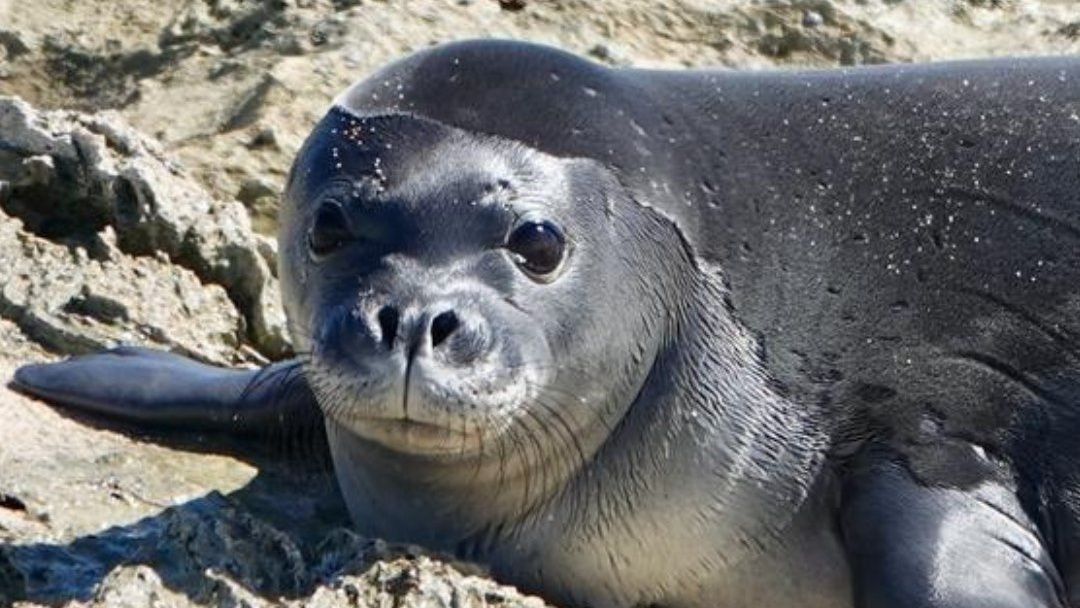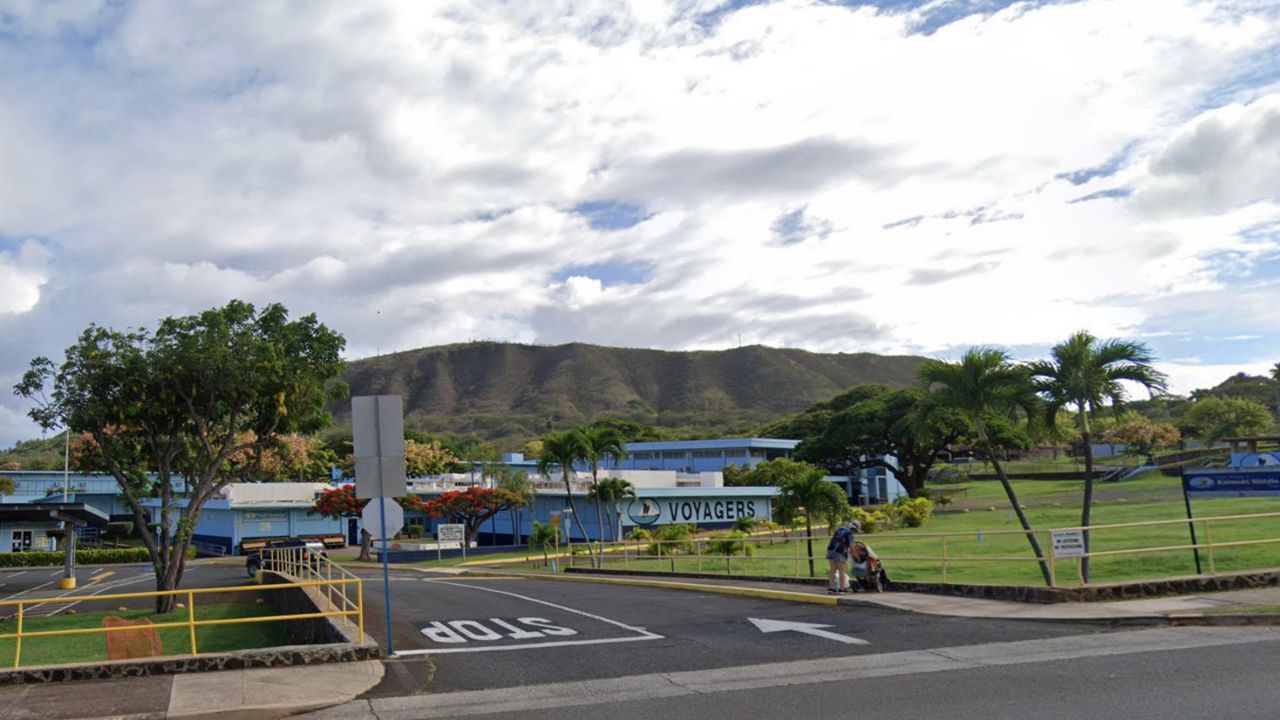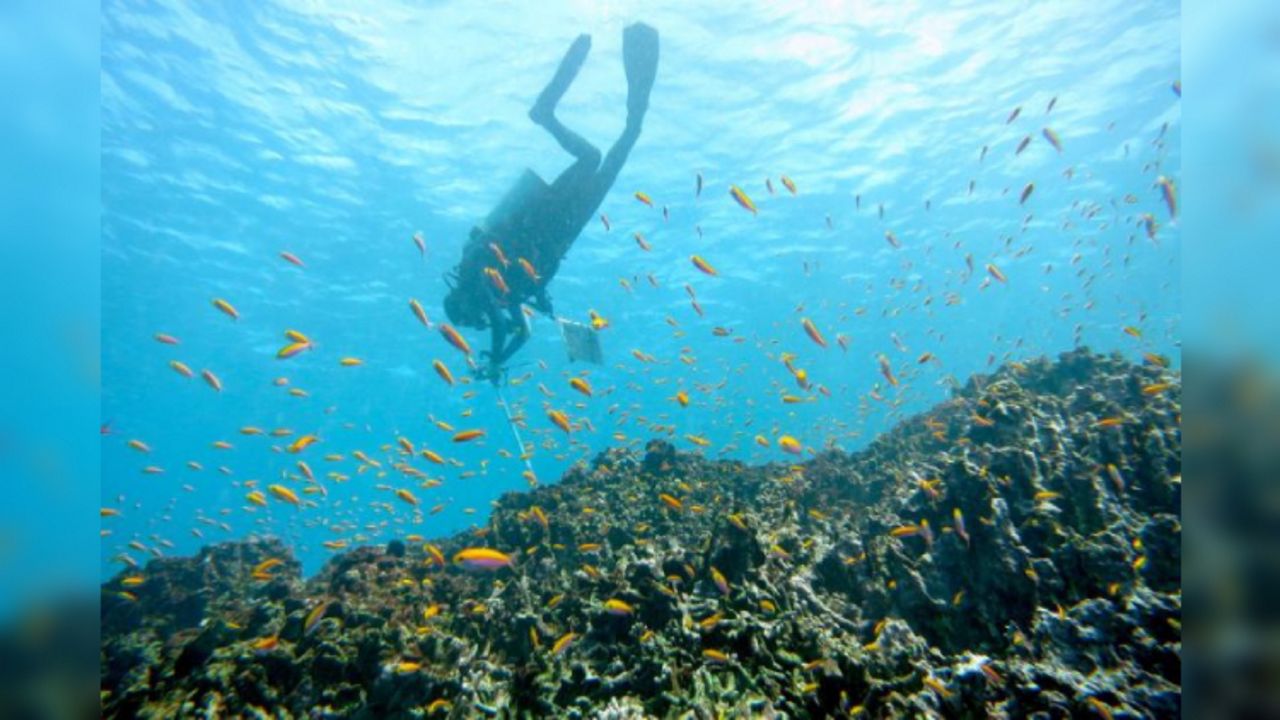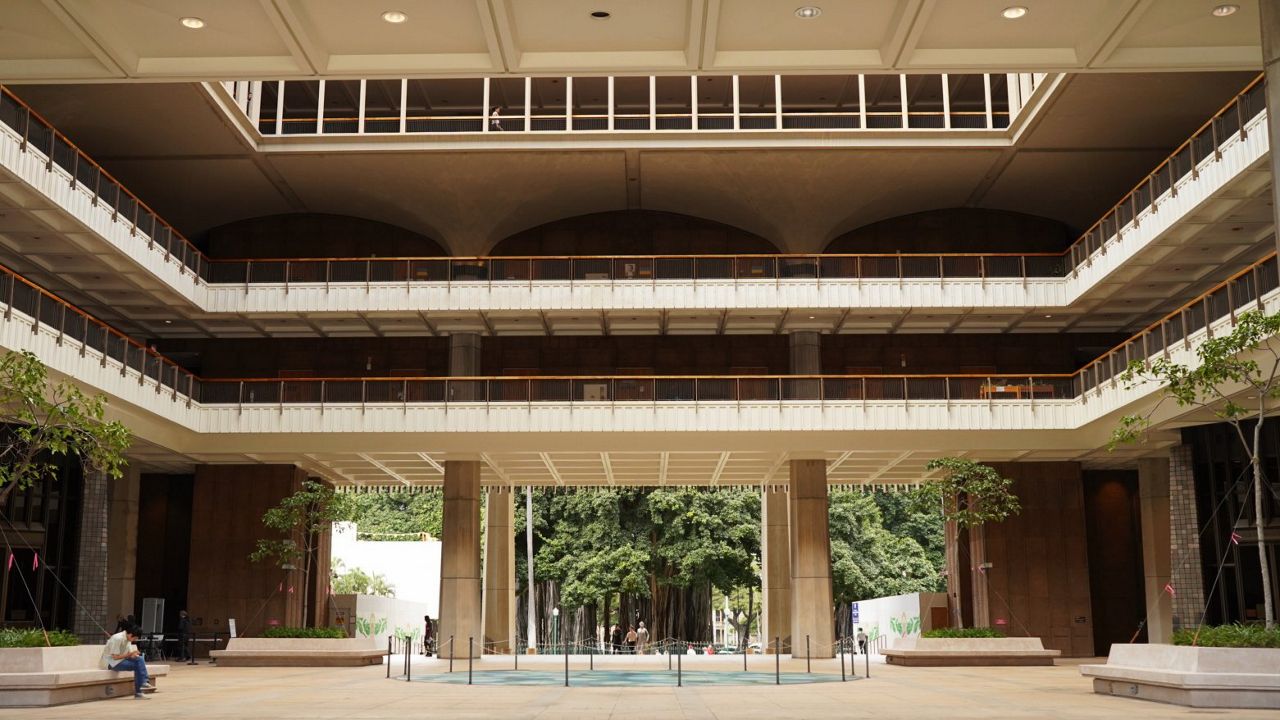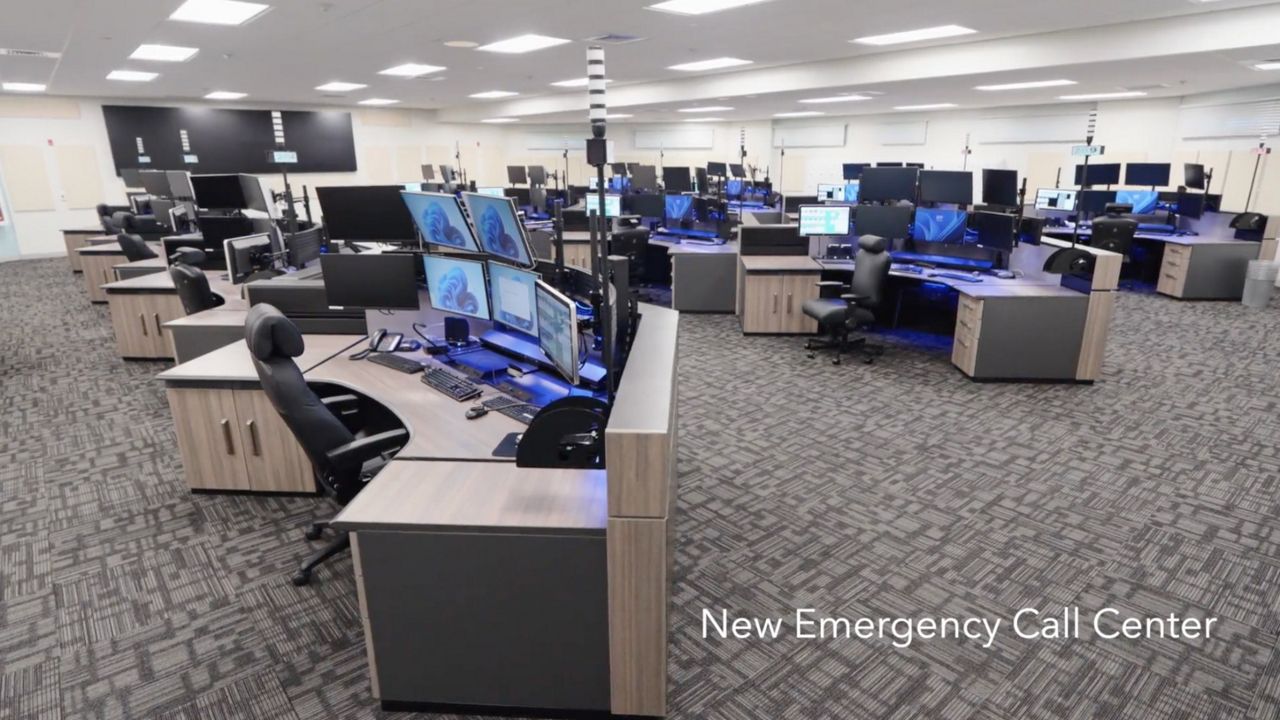Good evening, Hawaii. Here are the main stories we've been following today:
Your Weather Planner
Clouds and showers will favor windward and mauka areas at night as trade winds remain breezy this week. Windward shower chances climb later this week as moisture levels increase.
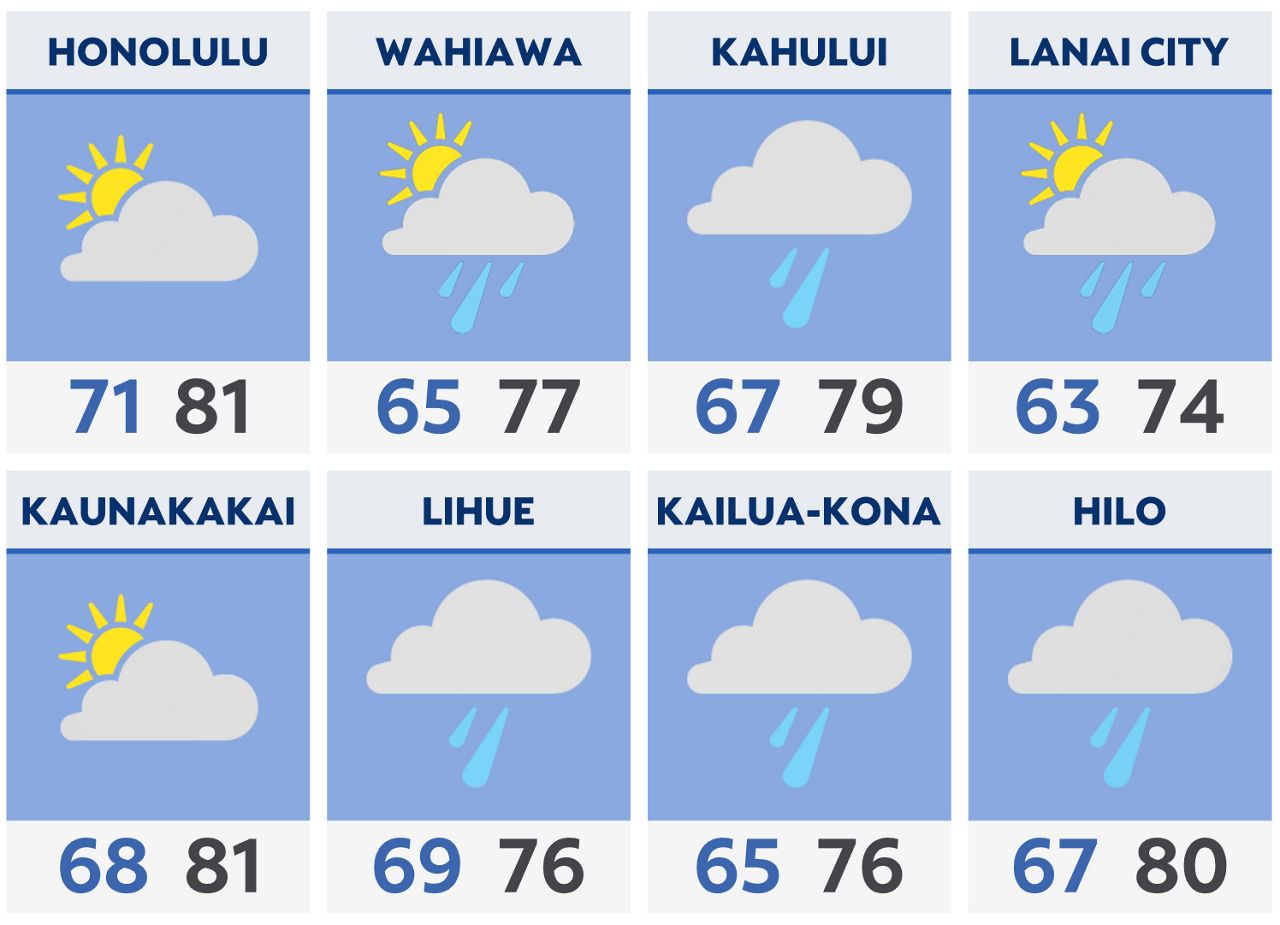
Watch the latest news from across the country.
Today's Big Stories
1. Affordable housing complex reopens in Chinatown
In a milestone both Mayor Rick Blangiardi and Gov. Josh Green say underscores the importance of retaining current affordable housing and fostering recent development, the 48-year-old Maunakea Tower in Chinatown reopened on Monday following a two-year, $35 million renovation.
The 32-story building, which houses some 600 residents, mostly kupuna, was purchased from a private developer in 2023 for $105 million raised via private activity bonds, the first purchase of this type in about 20 years. The transaction was led by the City and County of Honolulu, the State of Hawaii, HUD, national affordable housing investor and developer Standard Communities, local developer Stanford Carr Developent and the Hawaii Housing Finance and Development Corporation.
All units are covered under a Housing Assistance Payment (Section 8) contract with the U.S. Department of Housing and Urban Development. The existing contract, which was to expire in 2028, was extended for another full term upon purchase.
“This project is the U.S. Department of Housing and Urban Development’s largest Housing Assistance Payment contract in the state and with the return of ownership to our islands, we are ensuring that 378 families can continue to call Maunakea Tower home,” Blangiardi said at a reopening ceremony on Monday.
As part of the renovation, apartments were outfitted with new fire sprinklers, appliances, plumbing and fixtures. Other upgrades and additions include updated elevators, an online resident portal for rent payments and maintenance requests, and new common-area features.
2. Kilauea eruption starts again, marking 17th episode
The Hawaiian Volcano Observatory reported Kilauea volcano began its 17th episode on Monday at 10:15 p.m., continuing the ongoing eruption. High lava fountains, which have been seen in previous episodes, are expected to emerge at some point.
The current eruption, which began on Dec. 23, 2024, has already produced 16 episodes of lava fountaining, each separated by brief pauses in activity. These spectacular bursts of lava originate from two vents within the Halemaʻumaʻu crater: the north vent and the south vent.
On Monday around 9:30 p.m., glow from the south vent increased, indicating the gradual rise of lava in the vent before the eruption started. Lava is currently overflowing from the south vent, with low spatter fountains reaching heights up to 30 feet, and spreading across the floor of Halemaʻumaʻu crater.
The previous 16 episodes of the eruption eventually produced intense lava fountaining. Episode 16 produced lava fountains that rose higher than 1,000 feet. High lava fountains are likely to follow the current low fountaining and lava flows, according to the HVO.
3. U.S. Air Force wants to build a rocket test site on Johnston Atoll NWR
Home to nearly 1.5 million seabirds of 15 species, including the world’s largest colony of Red-tailed Tropicbirds, Johnston Atoll National Wildlife Refuge is again being eyed by the U.S. military, this time by the Department of the Air Force as the future site of two commercial rocket landing pads.
According to a release by the American Bird Conservancy, the DAF recently issued a notice of intent proposing to build and operate the rocket landing pads with 10 rocket landings per year.
“Installing rocket landing pads on Johnston Atoll cannot occur without significantly disrupting wildlife and harming the important bird colonies found there,” said ABC President Michael J. Parr in the release. “Decades of U.S. conservation investment have made this a crucial nesting haven for many seabirds — which are among the fastest declining and most endangered groups of birds worldwide.”
Known to the Native Hawaiian people as Kalama Atoll, Johnston Atoll is one of most isolated coral reef atolls in the world, located roughly 715 nautical miles southwest of Hawaii.
Johnston Atoll has served as a military base and wildlife refuge. First designated as a refuge for native birds in 1926, the atoll was later desecrated by the testing of nuclear weapons, stockpiling of Agent Orange and the disposal of chemical weapons. The military left in 2004 after removing most buildings and closing the airstrip. Boat transport then became the only way to access the atoll, which to this day remains under the jurisdiction of the U.S. military.
After the military’s departure, the U.S. Fish and Wildlife launched programs to restore the refuge, according to ABC. One of those included the eradication of invasive species such as the Yellow Crazy Ant that was introduced through human transport. The ants swarmed over ground-nesting seabirds, often killing them. After 11 years, the ants were finally successfully eradicated in 2021.
Since humans have vacated the area, the atoll has become an essential nesting habitat for tropical seabird species including the Red-footed Booby (ʻā), Red-tailed Tropicbird (koaʻeʻula) and Sooty Tern (ʻewaʻewa). The ABC says adult seabirds fly thousands of miles nonstop over open water searching for food. For many of them, the atoll is the only terrestrial seabird nesting habitat they know in over 570,000 square miles of ocean.
Hazardous debris, contamination, noise pollution and impacts from potential rocket failures and explosions are just some of the serious ecological risks to Johnston Atoll and its wildlife. In addition, opening the atoll’s airstrip to planes would destroy the ground-nesting seabird colonies that have reclaimed the entire runway. Brid strikes also pose a risk to planes. Lastly, incoming flights could introduce additional invasive species.
ABC says a Draft Environmental Assessment with a Draft Finding of No Significant Impact is expected for public review in the near future, but believes that a FONSI overlooks major negative impacts on the region’s birdlife. Therefore, ABC is requesting the DAF prepare a full Environmental Impact Statement to better assess the potential hazards posed by the project.
While seabird droppings help to nourish ocean and island ecosystems around the world, they continue to face overfishing, plastic pollution, rising seas and disorientation from power lines and artificial light.
4. Reminder: REAL ID compliancy kicks in May 7
Hawaii residents are reminded to obtain a REAL ID compliant state driver’s license or state identification card by May 7 in order to travel domestically on a commercial airline or enter certain federal buildings and military bases.
A REAL ID credential is marked by a white star in a gold circle on a Hawaii driver’s license or identification card indicating full compliance with Department of Homeland Security guidelines.
According to the City and County of Honolulu, residents can only have one REAL ID-compliant card as mandated by federal and state laws. People can no longer have both.
Driver’s licenses and ID cards that expire after May 7 are still valid until expiration and can be used to drive, vote, access hospitals, visit the post office, access City and County of Honolulu facilities or apply for public assistance.
People can still request a “non-compliant limited purpose” driver’s license without the star in the gold circle, but they will not be able to board a domestic flight or enter a federal building or military facility.
Passed by Congress in 2005, the REAL ID Act was enacted based on a recommendation from the 9/11 Commission that established minimum security standards for state-issued driver licenses and ID cards, according to a release. The Act also prohibits federal agencies, including the Transportation Security Administration, from accepting state-issued driver licenses and ID cards that do not meet “minimum standards.”
5. First monk seal born on Oahu in 2025
The first Hawaiian monk seal pup of the season was born on Oahu’s North Shore, according to an announcement from the Hawaii Marine Animal Response.
Kaimana (also known as RJ58) gave birth to the new pup, who was named Kailani by students at the Kahuku Elementary School.
In Hawaiian, “kai” means sea, which represents the pup’s home, while “lani” means sky, symbolizing the beauty and wonder he brings to our islands.
“Together, his name reflects the deep connection between Hawaiʻi’s land, sea, and sky — and how special this little pup truly is,” HMAR wrote in its announcement of the pup’s birth.
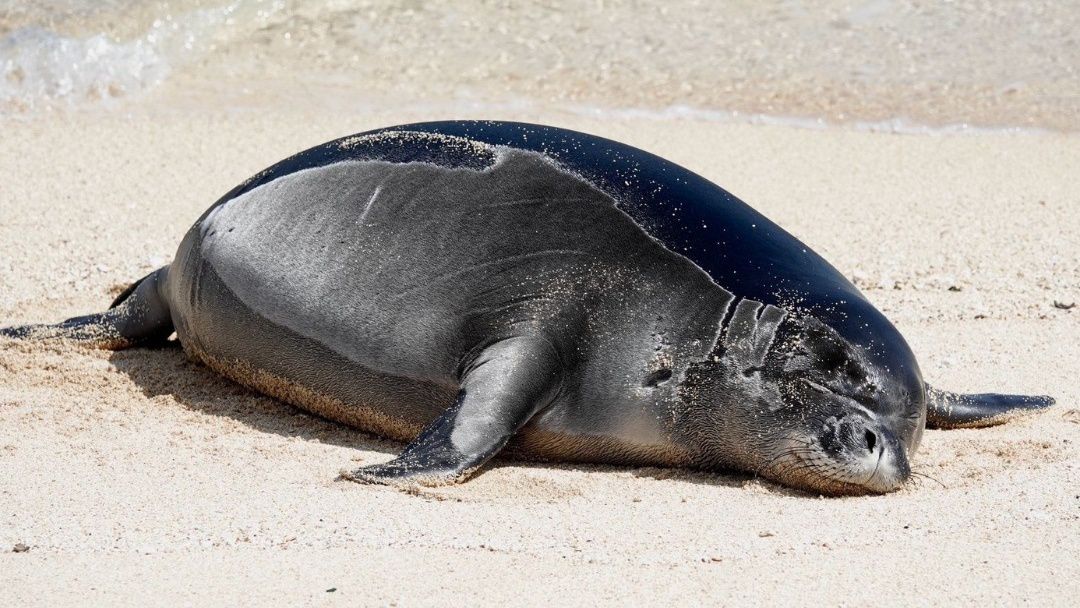
Your Notes for Tomorrow
Wednesday, April 9
- U.S. imposes 'reciprocal' tariffs on a country-by-country basis
- Harvey Weinstein retrial begins
- Federal Open Market Committee meeting minutes and economic forecast published
- Pre-Trial Hearing in Google antitrust case after judge ruled internet company is a monopolist
- ULA rocket launch, launching the first batch of Amazon's Project Kuiper internet network constellation
- UK's King Charles III and Queen Camilla's 20th wedding anniversary
In Case You Missed It

UH reminds Hawaii residents about discounted summer school tuition at community colleges
The University of Hawaii is reminding students who are Hawaii residents that they can pay less for summer school courses at all seven of UH’s community colleges than during the school year.
Hawaii residents pay $131 per credit (normally $248), making enrollment in summer school courses at UH’s community colleges a cost-effective way to earn credits, according to a news release.
More details about courses, start dates, and financial aid options may be found on campus websites:


